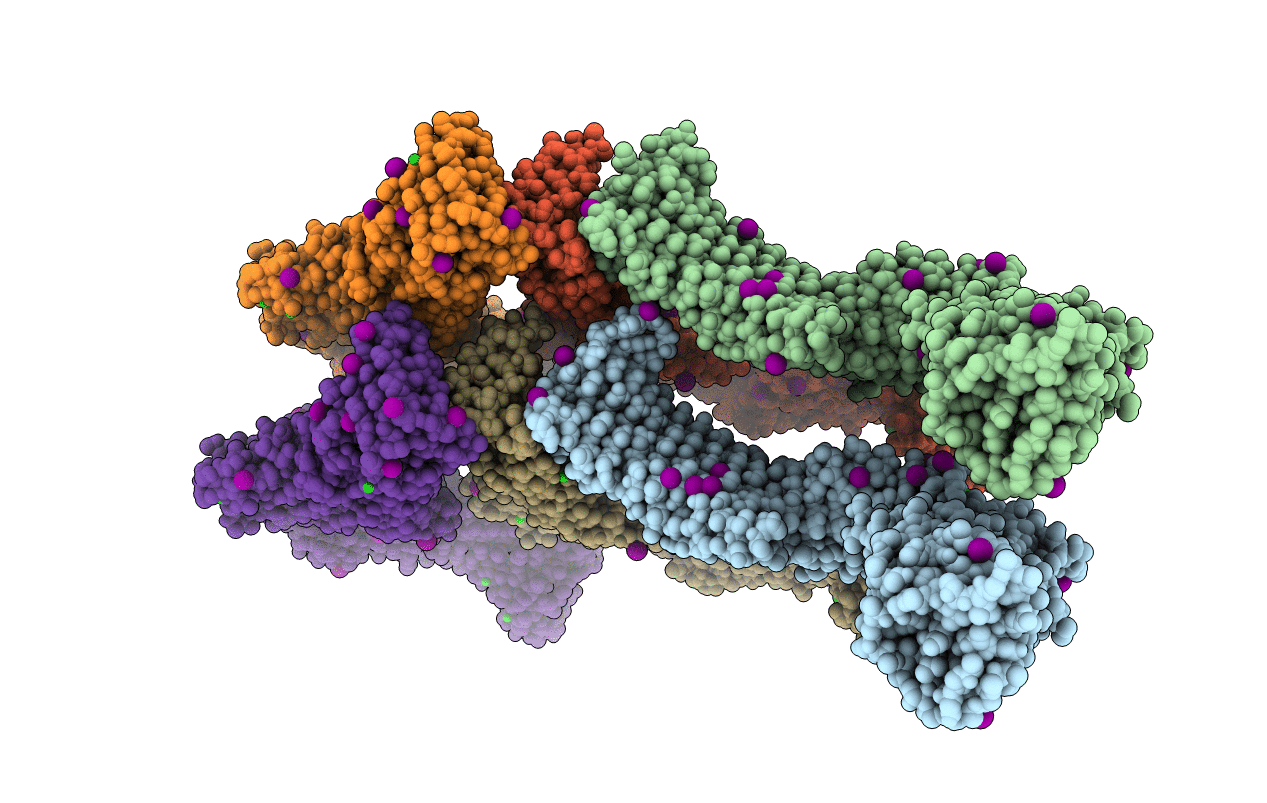
Deposition Date
2019-05-30
Release Date
2020-01-15
Last Version Date
2023-10-11
Entry Detail
PDB ID:
6P5T
Keywords:
Title:
Surface-layer (S-layer) RsaA protein from Caulobacter crescentus bound to strontium and iodide
Biological Source:
Source Organism:
Caulobacter vibrioides (Taxon ID: 155892)
Host Organism:
Method Details:
Experimental Method:
Resolution:
2.10 Å
R-Value Free:
0.24
R-Value Work:
0.20
R-Value Observed:
0.20
Space Group:
P 1 21 1


